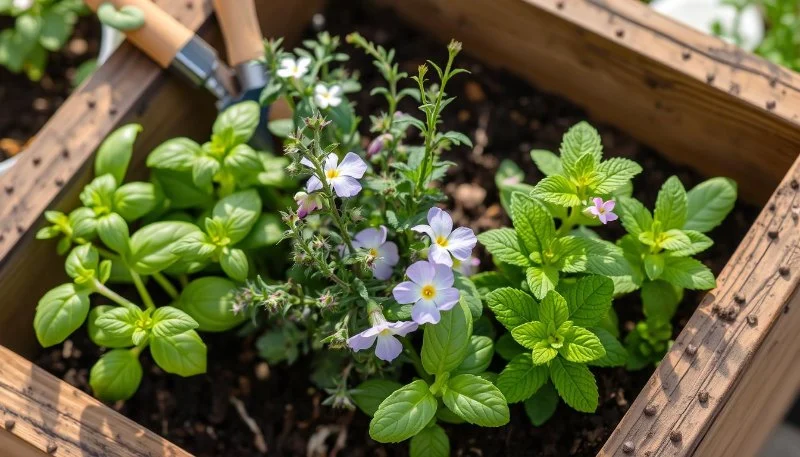
- Planning Your Herb Garden
- Choosing the Right Location for Herbs
- Selecting Herbs for Your Garden
- Planting and Maintaining Your Herb Garden
- Case Study: Successful Herb Garden in Action
1. Planning Your Herb Garden
Before you start planting, it’s important to plan your herb garden carefully. Think about the space you have available, how much sunlight it gets, and how you want to incorporate herbs into your landscape. A well-thought-out design will ensure your herbs grow well and provide maximum enjoyment throughout the seasons.
1.1 Consider Your Climate and Growing Zone
Different herbs thrive in different climates, so it’s essential to know your USDA hardiness zone. This will help you select herbs that are best suited to your environment. For example, basil prefers warmer climates, while parsley can tolerate cooler weather. Knowing the right herbs to grow based on your location can make a huge difference in their success.

Greentrail Landscape & Design, Inc.
Crystal LakeMcHenry CountyIllinois
6204 Official Rd, Crystal Lake, IL 60014, USA
1.2 Plan the Layout of Your Garden
Consider how you want to arrange your herbs. Grouping similar herbs together, such as Mediterranean herbs like rosemary, thyme, and oregano, makes it easier to maintain them. You can also plant them in raised beds or containers if space is limited, which helps control soil quality and drainage.
2. Choosing the Right Location for Herbs
Herbs typically need a lot of sunlight to thrive, so selecting the right location in your landscape is crucial. Aim for at least 6-8 hours of direct sunlight a day. Here are a few tips for finding the ideal spot:
2.1 Sunlight and Soil Quality
Herbs do best in well-draining, slightly acidic soil. If your garden soil isn’t great, consider adding organic compost to improve its texture. Raised beds or containers also allow for better control over the soil’s quality. Ensure the spot you choose gets adequate sunlight to encourage strong growth and flavorful herbs.
2.2 Wind Protection
While herbs enjoy sunlight, they can be sensitive to strong winds, which can damage fragile leaves. Plant your herb garden in a sheltered area or provide windbreaks with fences or tall plants to protect your herbs from harsh winds.
3. Selecting Herbs for Your Garden
Choosing the right herbs is key to creating a thriving garden. You can select herbs based on your culinary preferences, the types of dishes you enjoy, or even for their medicinal or aromatic qualities. Here are some popular herbs to include in your garden:
3.1 Culinary Herbs
If you love cooking, consider adding herbs like basil, mint, thyme, rosemary, oregano, and parsley. These versatile herbs can be used in a wide variety of dishes and will provide fresh flavors right from your garden.
3.2 Aromatic and Medicinal Herbs
Aromatic herbs like lavender, chamomile, and eucalyptus can add fragrance to your garden, while medicinal herbs such as echinacea, lemon balm, and calendula offer healing properties. These herbs not only enhance the beauty of your landscape but also contribute to your well-being.
3.3 Seasonal Herbs
Some herbs are better suited for specific seasons. For instance, cilantro thrives in cooler weather, while basil needs warm summer temperatures. Consider planting a mix of herbs that you can harvest year-round to keep your garden full and productive.
4. Planting and Maintaining Your Herb Garden
Planting herbs is simple, but maintaining them requires attention to detail. Here are a few tips for successful herb gardening:
4.1 Planting Tips
When planting herbs, make sure to space them adequately to prevent overcrowding. Many herbs, like mint, can spread rapidly, so it’s essential to keep them in check by planting them in containers or using barriers to control their growth.
4.2 Watering and Feeding
Herbs require regular watering, but they don’t like to sit in waterlogged soil. Water your herbs deeply but infrequently, ensuring the soil dries out between waterings. Use organic fertilizers to feed your herbs, and remember that over-fertilizing can reduce their flavor.
4.3 Pruning and Harvesting
Regular pruning will help keep your herbs healthy and encourage new growth. Harvest herbs regularly to promote continued production and prevent them from becoming woody or flowering prematurely. Always cut herbs in the morning when their oils are at their peak for the best flavor.
5. Case Study: Successful Herb Garden in Action
Consider the story of Emily, a homeowner who decided to integrate a herb garden into her landscape. She started by planning the garden around her favorite cooking herbs and chose a sunny, well-drained spot in her backyard. Over time, she added additional herbs for aromatics and medicinal purposes, creating a beautifully functional space. After a few seasons, her herb garden not only enhanced her cooking but also became a focal point for family gatherings and outdoor meals.
By using a combination of containers, raised beds, and proper soil preparation, Emily was able to keep her herbs healthy and productive. The herbs added value to her home’s landscape, providing aesthetic appeal and an ongoing supply of fresh ingredients for her kitchen.
If you’re looking for the best gardening supplies or advice for your herb garden, check out Beautiful Landscapes, where you can find the right products and services to help you succeed.


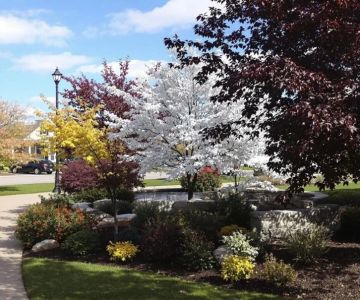
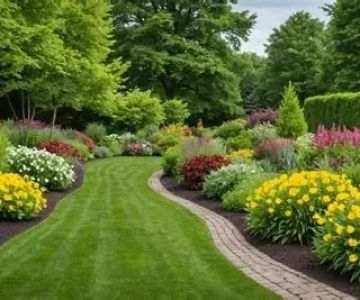

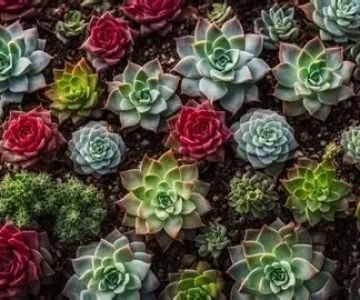
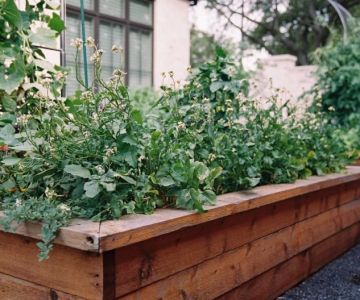
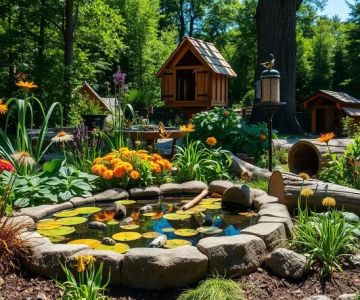
 Infinity Lawn & Landscaping4.0 (52 reviews)
Infinity Lawn & Landscaping4.0 (52 reviews) QualityWorks Trademark LLC4.0 (30 reviews)
QualityWorks Trademark LLC4.0 (30 reviews) Eubanks Environmental5.0 (10 reviews)
Eubanks Environmental5.0 (10 reviews) BrightView Landscape3.0 (16 reviews)
BrightView Landscape3.0 (16 reviews) Statements In Stone Pool and Patio4.0 (47 reviews)
Statements In Stone Pool and Patio4.0 (47 reviews) Schmitt's Landscape Tree service North Aurora4.0 (4 reviews)
Schmitt's Landscape Tree service North Aurora4.0 (4 reviews) How to Landscape for Seasonal Wildlife Attraction in Your Garden
How to Landscape for Seasonal Wildlife Attraction in Your Garden How to Build a Wildlife Habitat Garden That Supports Biodiversity
How to Build a Wildlife Habitat Garden That Supports Biodiversity How to Use Garden Art to Add Personality to Your Outdoor Space
How to Use Garden Art to Add Personality to Your Outdoor Space How to Plan Outdoor Fire & Water Features Harmoniously for Your Garden
How to Plan Outdoor Fire & Water Features Harmoniously for Your Garden How to Revive a Neglected Lawn Step by Step
How to Revive a Neglected Lawn Step by Step How to Choose Native Shrubs That Thrive Without Fertilizer
How to Choose Native Shrubs That Thrive Without Fertilizer